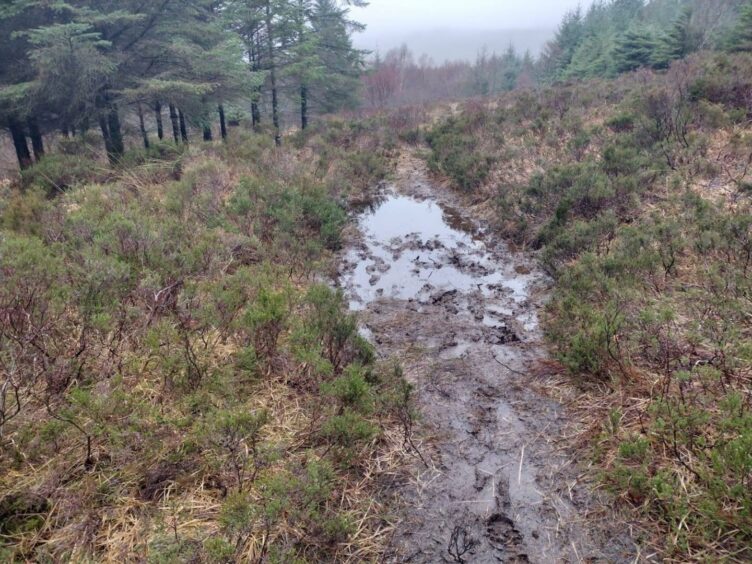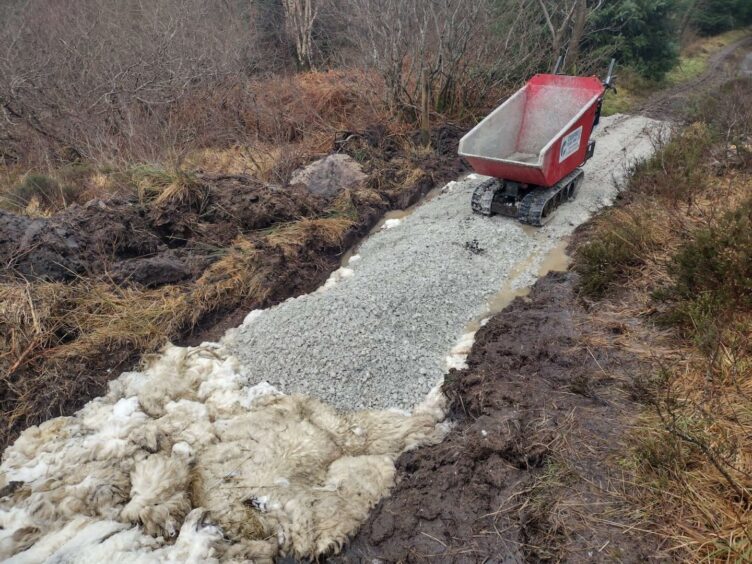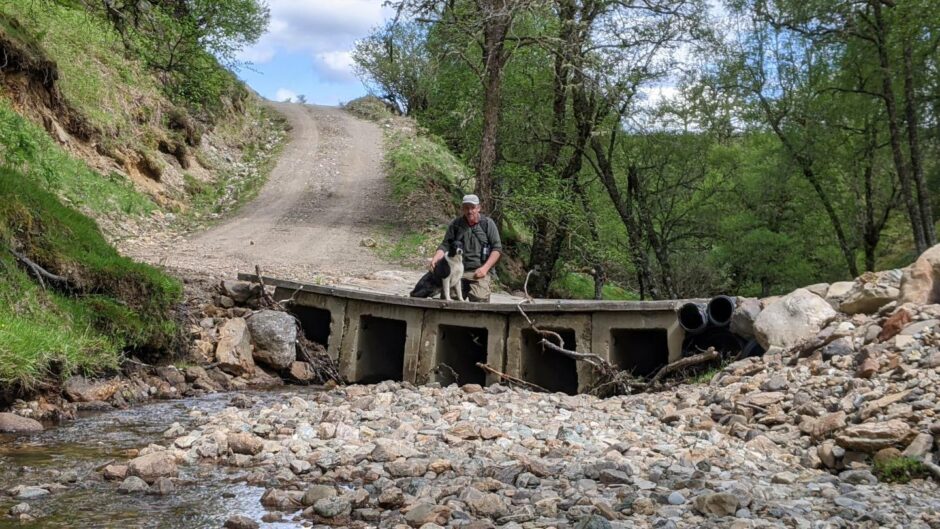Sheep fleeces offer a sustainable way to repair rural footpaths

Sheep fleeces have been used to repair a footpath at a nature reserve in Skye in an attempt to move away from “unsustainable” plastic repair materials.
The wool came from local crofts just six miles away and was packed into the ground and layered with stones. This allows the water underneath to drain away naturally. This technique avoids using large amounts of plastic sheeting which have typically been employed in recent years to keep water from flooding the path.
Why use wool for repairing woodland paths?
The path in question is a popular coastal walking route on the Isle of Skye.

Known as the Kilmarie Path, it is well-trodden by visitors wanting to see the Iron Age fort Dun Ringill. But a wet winter had left deep stretches of boggy mud on the peat soil. “Normally I’d just dig it out with a digger and put in a plastic membrane,” said John MacRae, the local crofter who repaired the path. But John is also an estate worker with conservation charity John Muir Trust, and is always on the lookout for sustainable ways of improving their practices. “I’d seen online that someone had trialled using fleece to fix paths on the Outer Hebrides and I’d heard about it being done in Ireland too,” he said. “But I’ve never seen it in person and as far as I know no one has ever tried it on Skye.” Instead of using plastic, John collected wool that was “free, local and sustainable” from crofters in the immediate area.

With so many sheep and the low price farmers get for wool, the fleeces are considered a waste product.
“A lot of this wool would likely have been dumped somewhere to rot which is terribly wasteful,” John said. It took 300 fleeces to cover 80 meters of the muddy path, though it wasn’t a particularly easy job. In the driving rain, John dug a trench to hold the new surface – as he would for a regular path – but, rather than lining it all with geotextile matting, he lined it with wool.

It was rolled up or folded to create a “floating path” that was then covered with gravel. The wool will (hopefully) prevent the stones from sinking into the bog. “It’s worked out better than I could have imagined,” John said. “Apart from a couple of bits of wool poking out at the edges – which the vegetation will cover – you’d never know.” John’s motivation for using the wool stems from his wish to use natural materials as much as possible when looking after the estate.
“Plus it works out a lot cheaper too,” he said. “This wool was free, as well as being sustainable and locally sourced from farms six miles away. “The geotextile stuff we usually use is not cheap in terms of monetary value but also in terms of its carbon cost and transportation to get it here.”
As for how long the wool will last, John is confident that the new path “will outlive him” since it is surrounded by peat and gravel which prevent air from getting to the wool to degrade it.
Source: Philippa Gerrard, The Press and Journal UK
Related Posts


